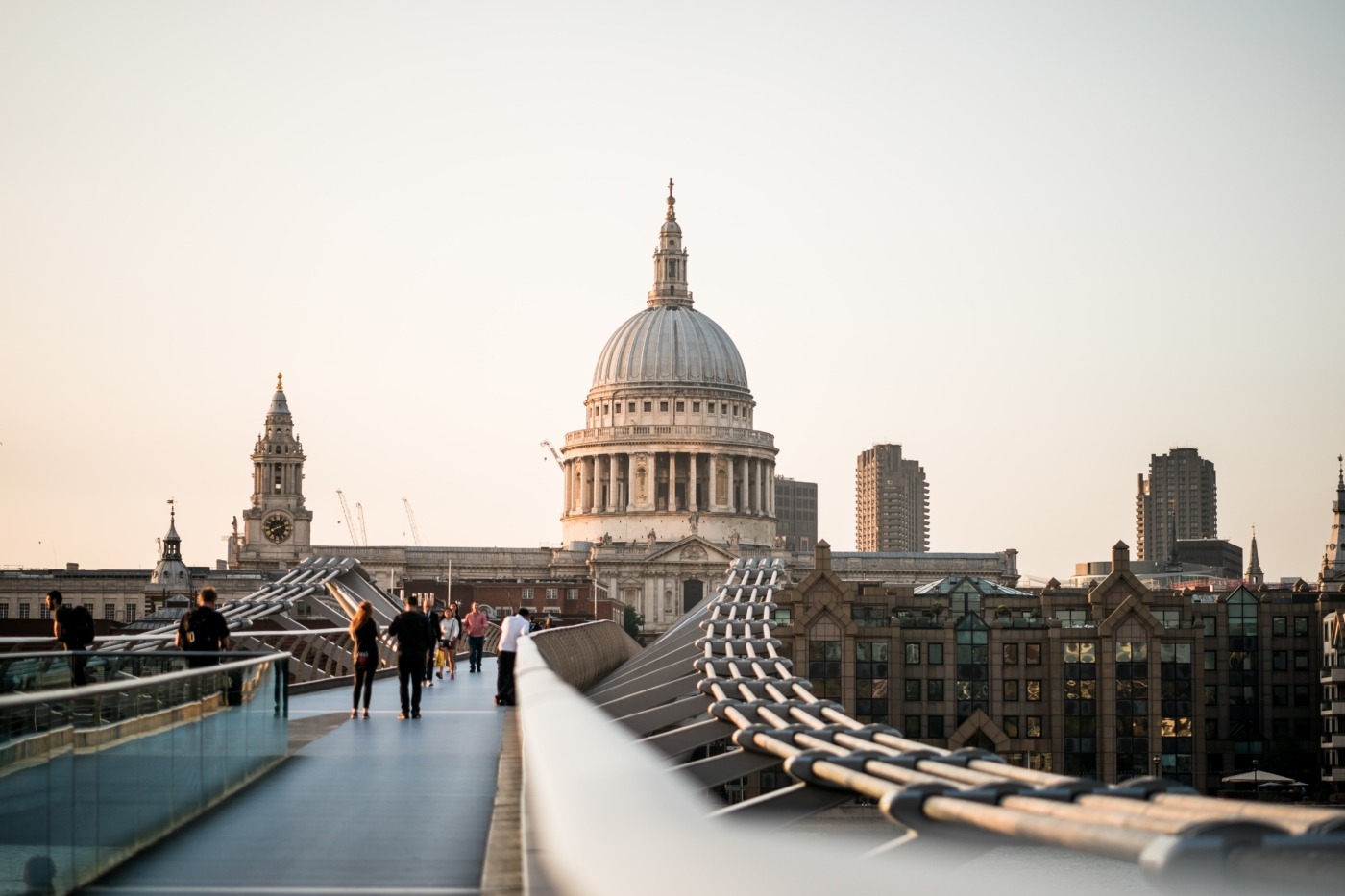In defence of old buildings and architecture
The Carlton Tavern in west London, two days before Historic England were to recommend it to be granted Grade-II listed status, was ordered to be demolished by its owners. Bulldozers came in and sheared away a wall of the 1920s pub after being denied permission to be converted into 10 flats. This was in April 2015, and after a six-year campaign, the actions of developers trying to skirt the law were undone and it has been rebuilt in facsimile. This is not cruel to the developers nor is it justice for ignoring rules; it is something larger than that.
Too often aesthetics gets trampled all over in modern architecture, and when it comes at the price of tearing down old buildings that actually look nice, it is a kick in the teeth. We shouldn’t be looking for our buildings to be solely about purpose or utility, but this is also not an excuse to build buildings which are experimental and ugly just for the sake of it. Architecture should be about both looks and function; they need not be mutually exclusive. Rules finally being enforced against developers who couldn’t care less about the history, the aesthetics, nor the character of old buildings, is a win.
Architecture should be about both looks and function; they need not be mutually exclusive
I am all for relaxing some areas of planning permission though: there should be less forcing new developments away due to local council activism, and more actually working to build new buildings in places where they are both needed and have the local support networks to cater for them. But when it comes to what is built, buildings must be aesthetic. And when it comes to tearing down old for new, why is it that the new ones look awful (which is especially the case I find in cities)?
Regardless of if you use a building. it will form part of your psychological world, and buildings which appear surgical, or solely glass and metal but lacking character apart from being ‘unique’ or ‘special’, can really make you dislike the world you have to exist in. Old buildings have worth not just because they’re old, but because they often have so much more care put into being aesthetic works of art as well as functioning well enough.
Just about anything built post-1945 has lost the touch of art about it, they have become either flat packed builds designed for mass consumption, or wild and ugly architectural monstrosities designed to provoke a reaction and allows architects to be more abstract and experimental. No longer do we build to make things pleasing, but to either shock or become mass consumer focused, which appear to be trends generally in art.
No longer do we build to make things pleasing, but to either shock or become mass consumer focused, which appear to be trends generally in art
But even in this case new buildings don’t have to be boring, however. There is a reason why people often love touring old historical architecture when on holidays, especially in Europe – so why must it be treated as a thing that can’t be replicated? Why must everything be reduced to utility or the whims of corrupt developers?
If anyone has been to Prague, Salzburg, or any Italian city you will notice just how nice their architecture is, being old or appearing old doesn’t mean bad. Yet this appears to be the mentality in Britain and elsewhere of old equals bad and new equals vibrant and good.
There are plenty of examples of awful looking ‘new’ buildings worldwide: some of the ones which annoy me the most are the Barbican Centre and Sage Gateshead which looks like a glass slug, and the Tate Modern’s Switch House which couldn’t be more grim if it tried.
But this doesn’t have to be the case. We shouldn’t be demolishing old churches to make way for shopping centres as with the Chapelle Saint-Joseph in Lille, France, nor should we be knocking down old buildings like the site of the Gaiety Theatre in London to be replaced with soulless corporate buildings.
New does not have to mean demolishing the old, especially if you lose vital aspects of culture along with it
New does not have to mean demolishing the old, especially if you lose vital aspects of culture along with it. Roger Scruton wrote a lot on aesthetics and beauty when he was alive, and one quote from his book Beauty that will always stay with me is: “Beauty is vanishing from our world because we live as though it did not matter.” It appears the more we see buildings as just tools, a means to an end, the more this will allow developers to get away with tearing down old buildings just for a bit of cash. There is no need or justification for this, and there is also no need to lower our standards with modern architecture either. Maybe a rethink on what architecture is and what is being, or could be, lost is desperately required before places aren’t as lucky as the Carlton Tavern.

Comments